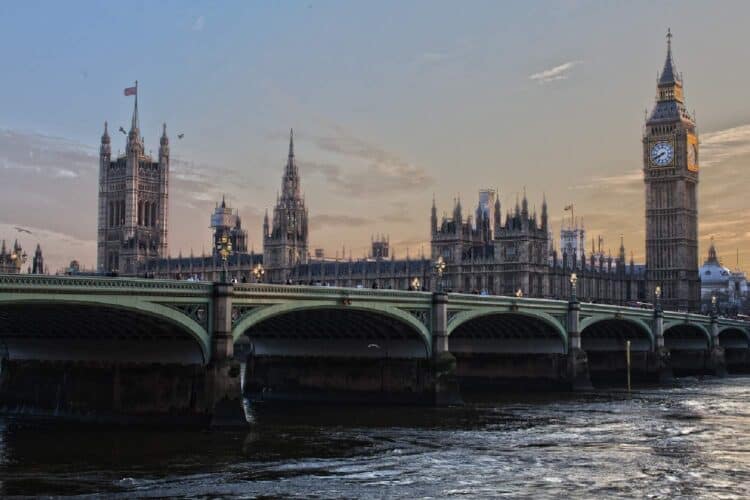The United Kingdom (UK) has officially dipped into a recession, marking a significant moment for its economy.
Has the UK economy entered a recession? – Here’s what you must know
This development follows a period of heightened inflation and interest rate hikes by the Bank of England, aimed at combating soaring inflation rates.
As reported by Sky News, the central bank’s move to increase its key rate by 0.5 percentage points to 2.25 percent was part of a broader effort to address the inflation crisis, mirroring actions taken by central banks globally.
The recession’s roots can be traced back to the third quarter of 2022, with KPMG’s UK Economic Outlook predicting a shrinkage of the UK economy by 1.3% in 2023.
This downturn is attributed to a squeeze on incomes, driven by higher inflation and interest rates which significantly reduce households’ purchasing power.
The labour market is also expected to feel the pinch, with unemployment rates earmarked to reach 5.6% by mid-2024, affecting around 680,000 people.
Does this spell doom for the UK?
The term “recession” often triggers alarm, but what does it actually mean?
In essence, a recession is identified when a country’s economy experiences two consecutive quarters of negative growth in Gross Domestic Product (GDP).
This decline is often highlighted by reduced spending by individuals, businesses, and the government, and can lead to increased unemployment, reduced consumer confidence, and in some cases, deflation.
The implications of a recession are far-reaching, affecting everything from job security to consumer spending and business investments.
For individuals, it might mean tightening the belt as job prospects dwindle and the cost of living increases. For businesses, it could lead to decreased sales and the need to make difficult decisions about staffing and expansion.
However, it’s crucial to understand that recessions are a normal part of the economic cycle. They can act as a reset for an overheating economy, where excesses are corrected and foundations for future growth are laid.
Policymakers use various tools, such as adjusting interest rates and implementing fiscal stimulus measures, to mitigate the impact of a recession and support a return to growth.
Imagine your economy is like a giant roller coaster. Sometimes it goes up, which is when people are spending lots of money, businesses are doing well, and jobs are easy to find.
But sometimes, it goes down, which is like a recession. This is when people need to be a bit more careful with their money because things can be a bit tougher. But just like a roller coaster, after going down, it eventually goes back up again.






